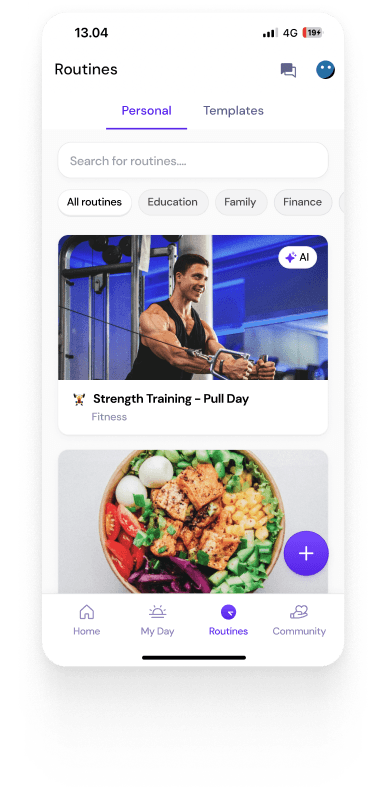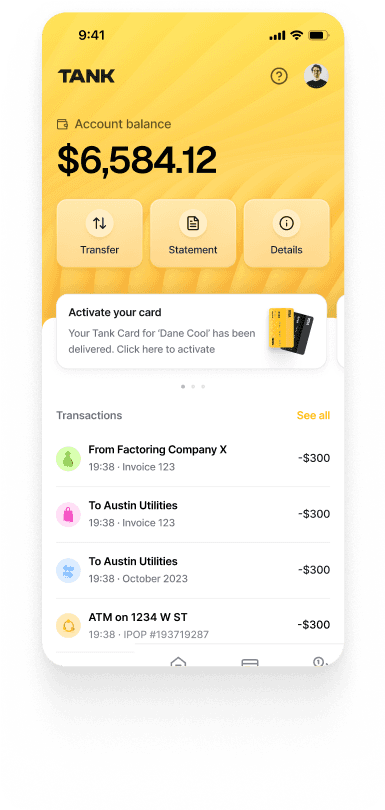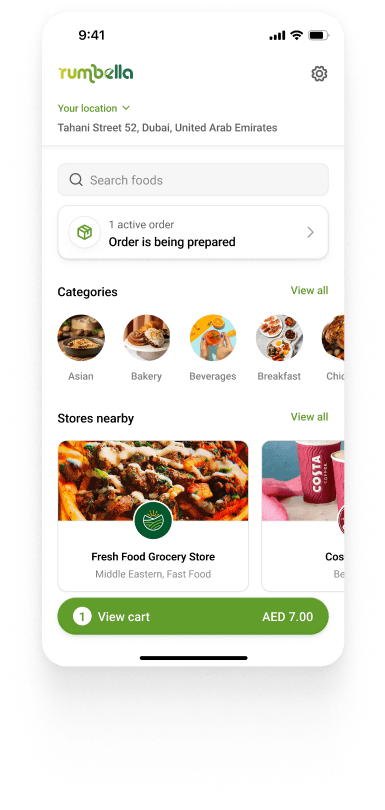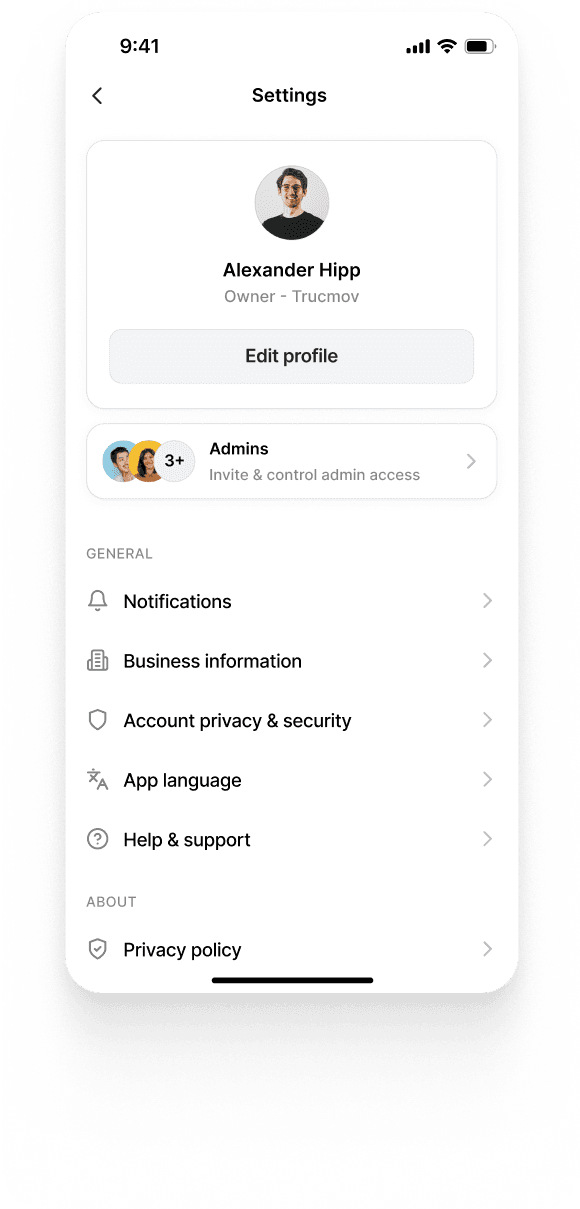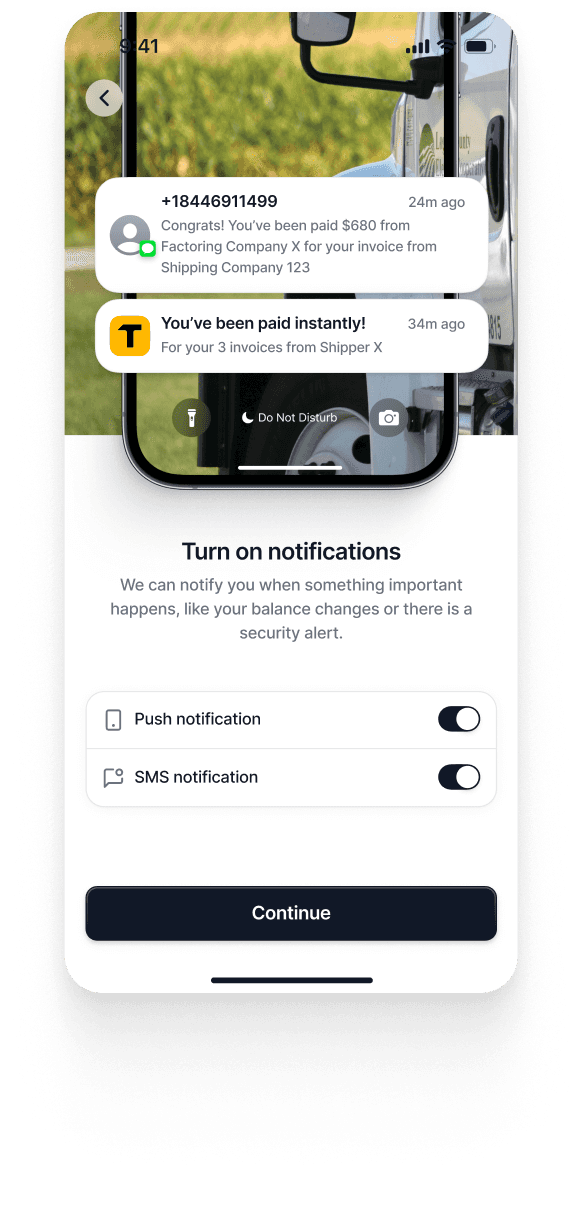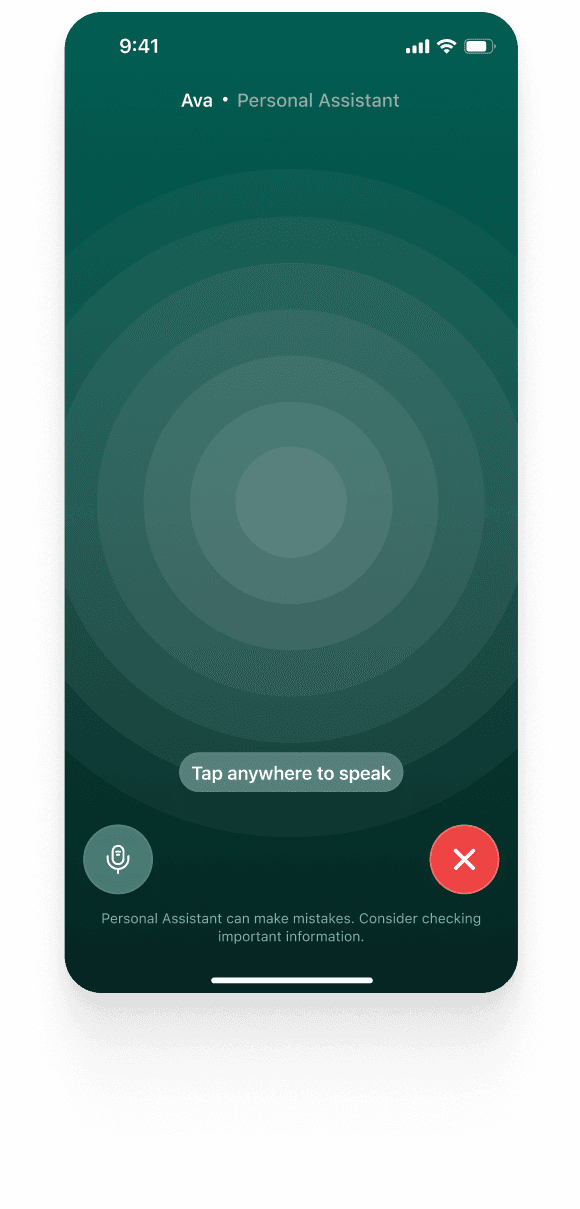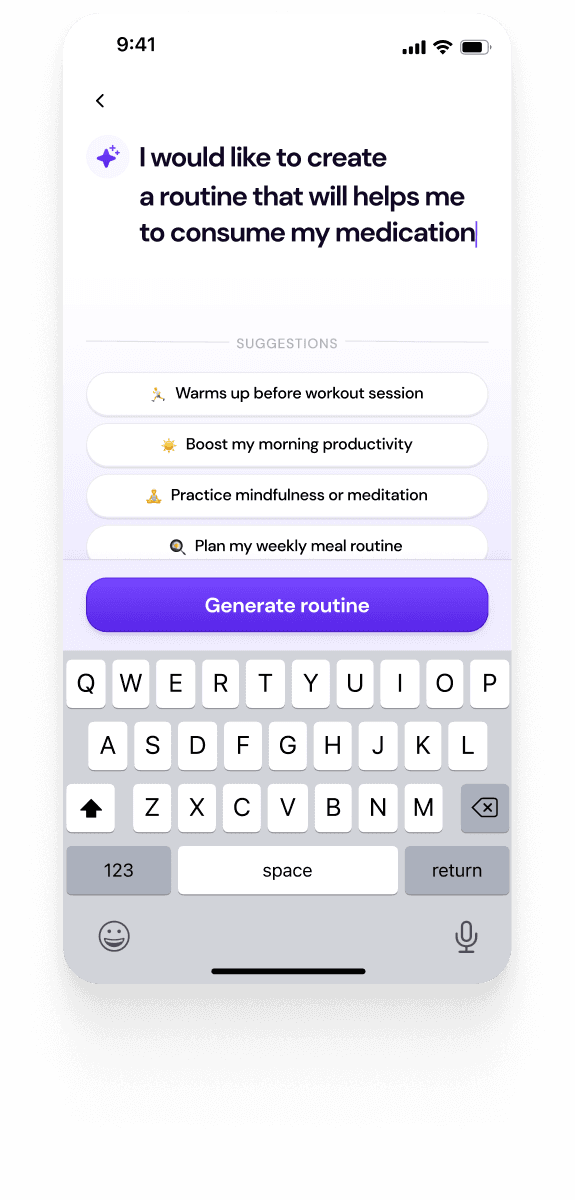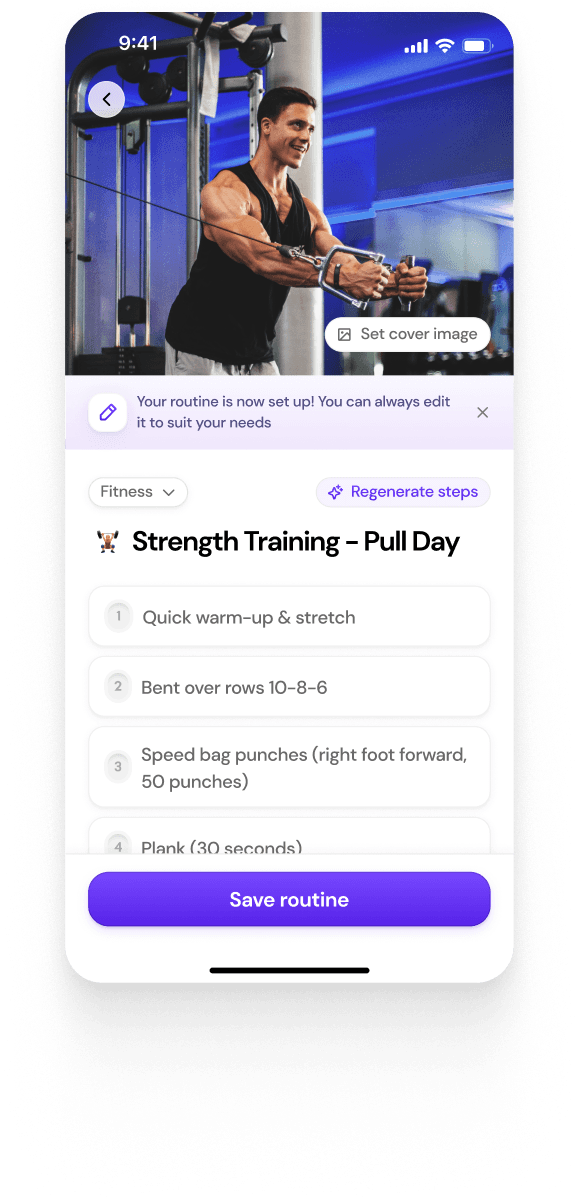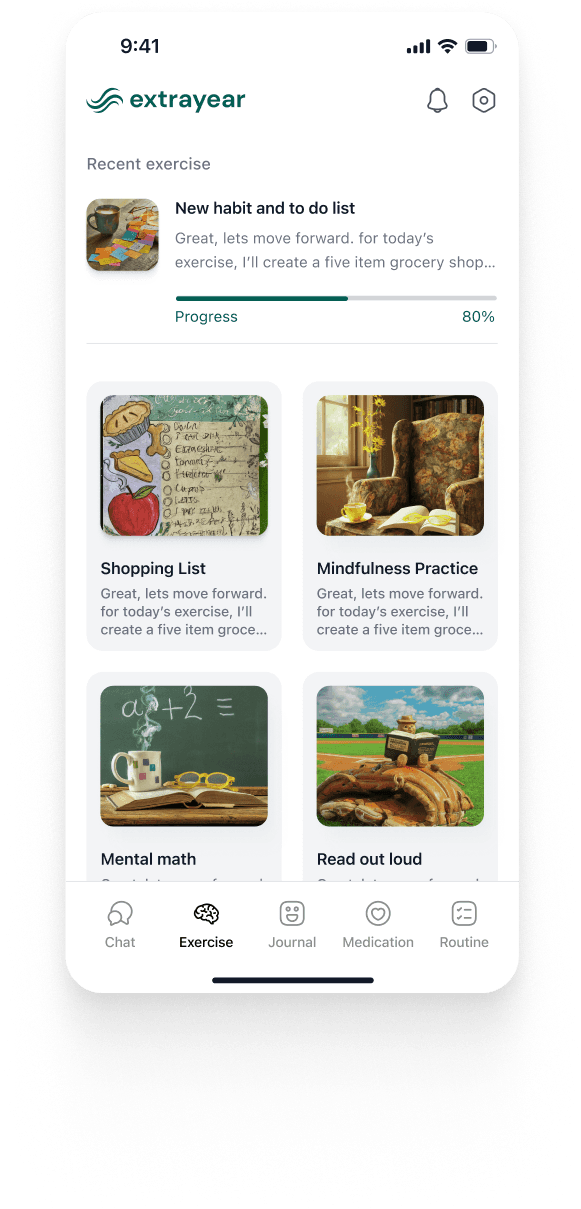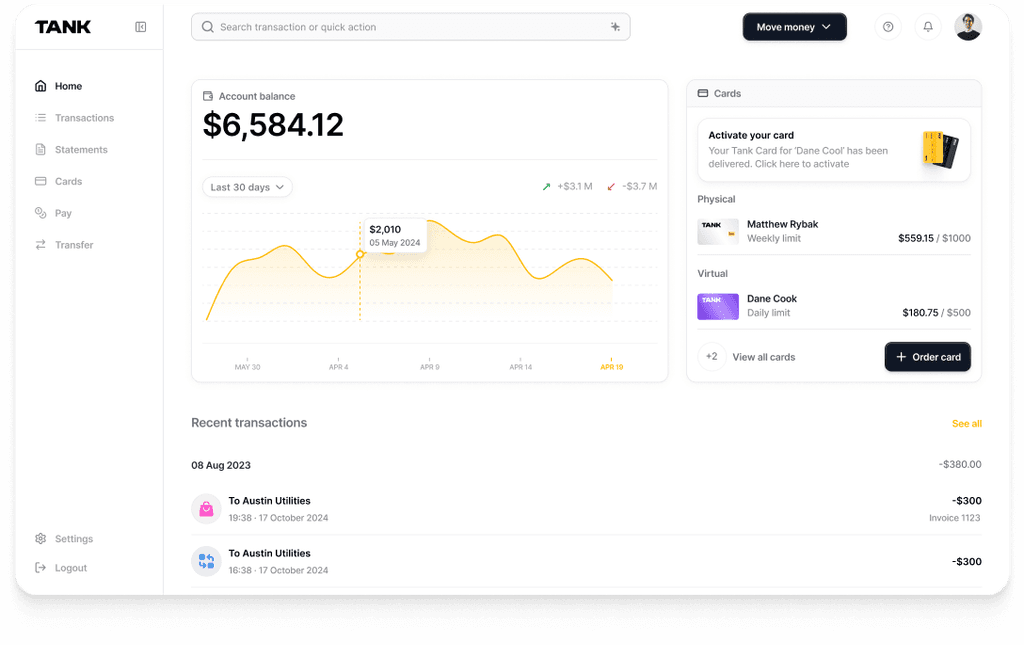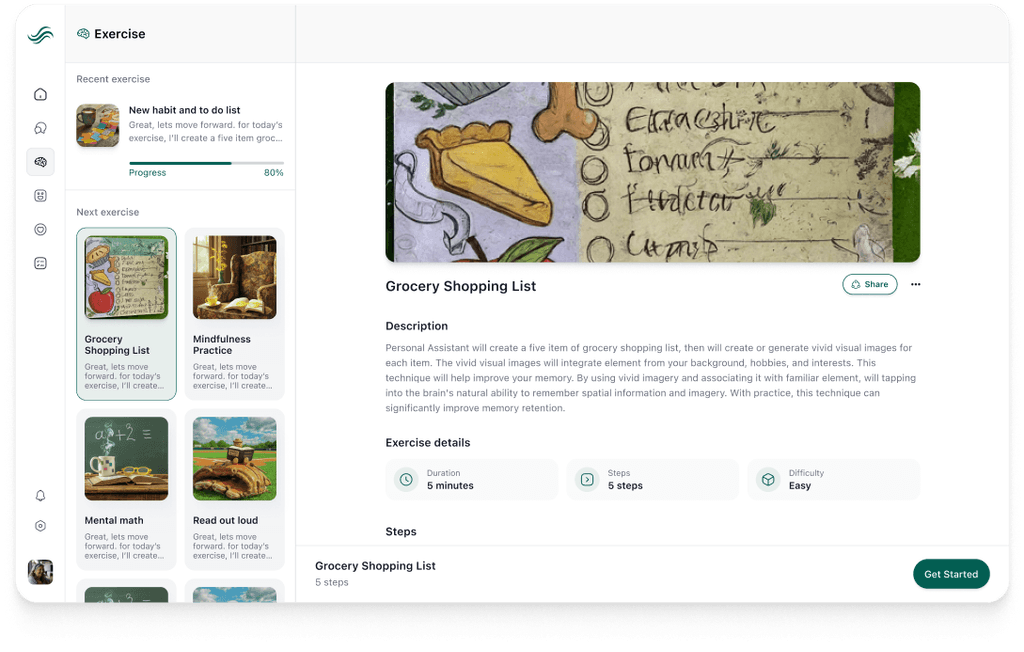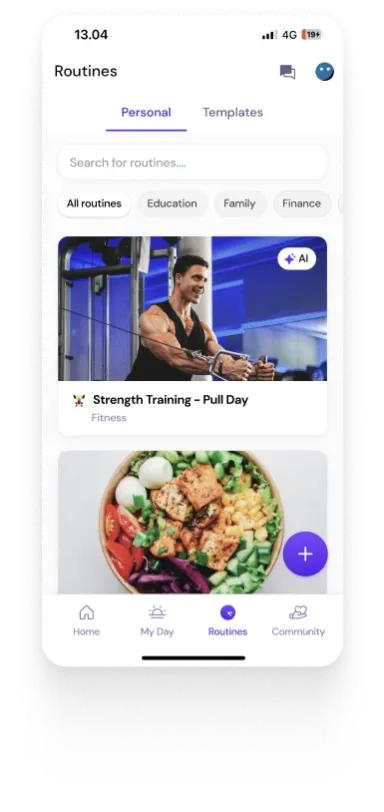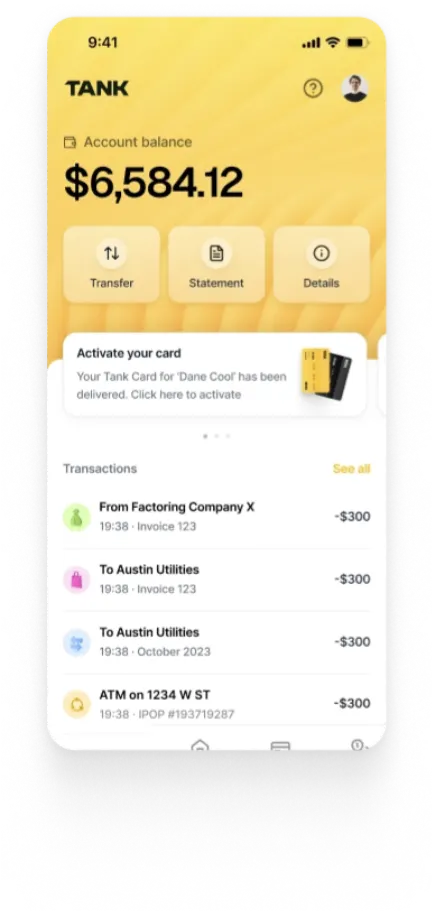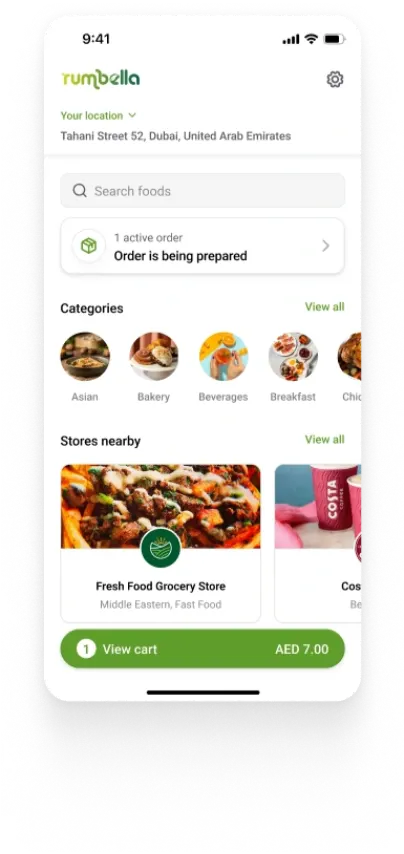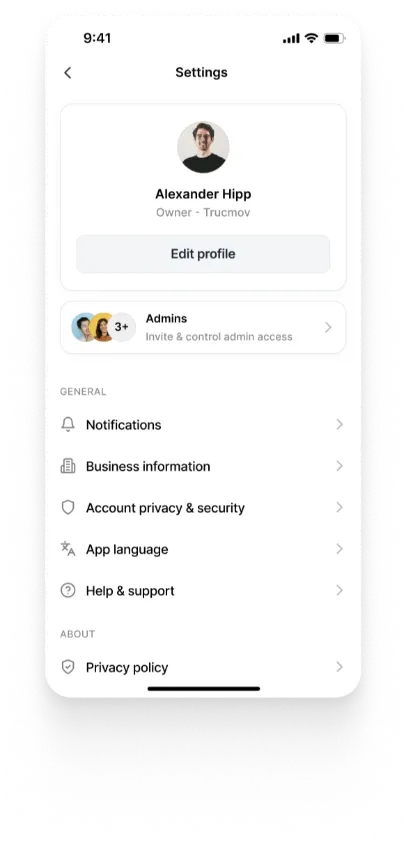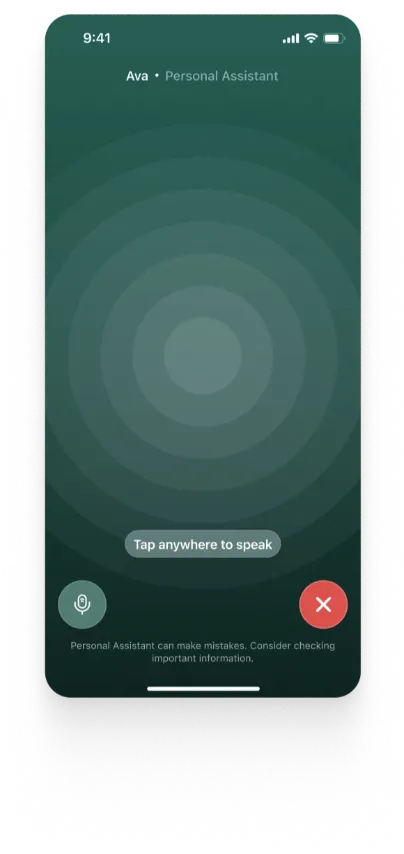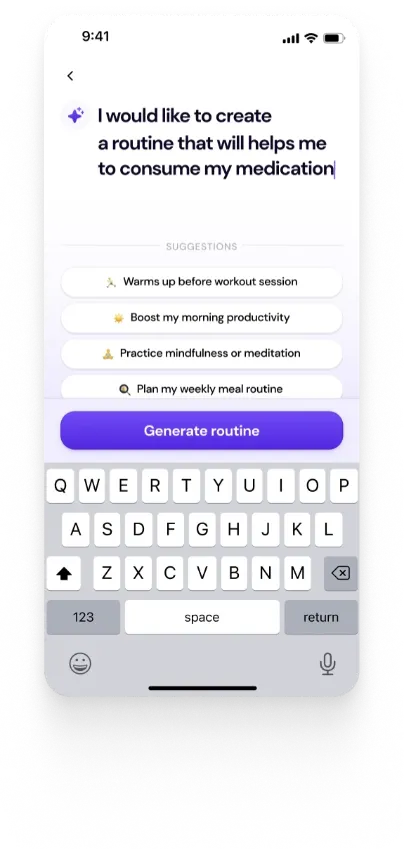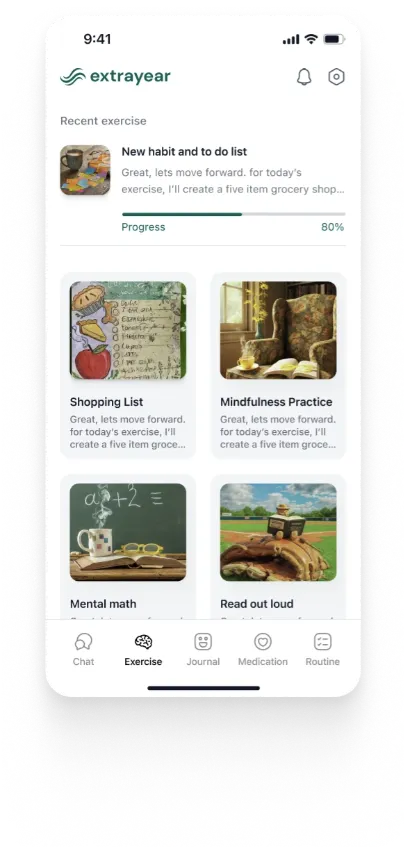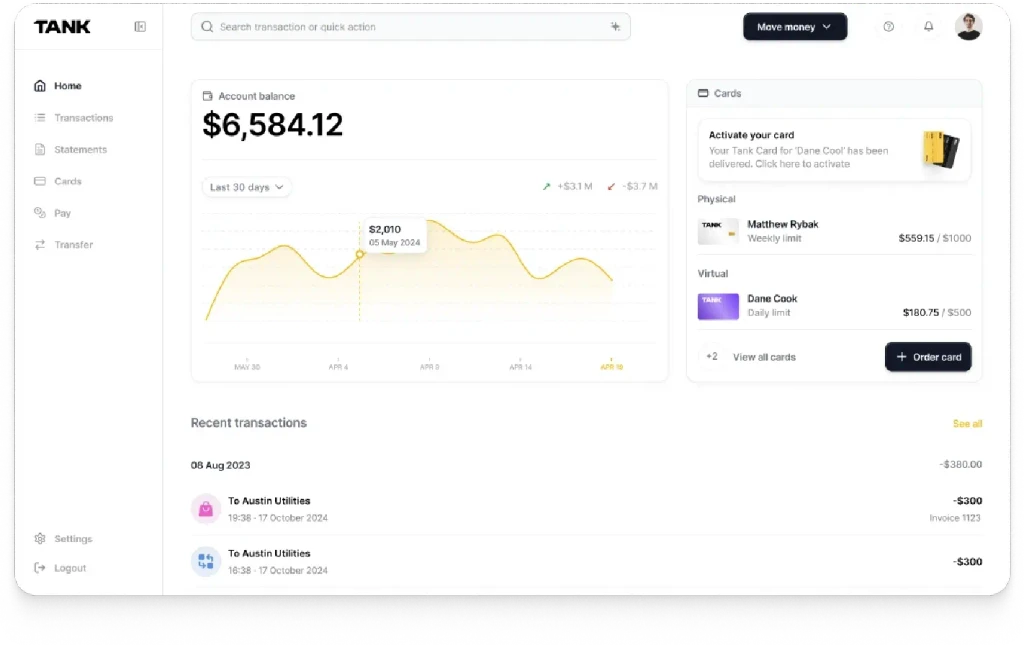Assistive Technologies for the Visually Impaired
May 15, 2022
Guest User
Summary
Assistive Technology helps people with disabilities perform difficult functions. It is crucial for the visually impaired, aiding in mobility, learning, and daily tasks. Examples include smart canes like UltraCane, reading devices such as Kurzweil 3000, and smart glasses like IrisVision. These technologies enhance independence, making it easier for visually impaired individuals to navigate, read, and manage their daily activities efficiently.
Key insights:
Assistive Technology: Tools aiding individuals with disabilities in daily tasks.
Importance for Visually Impaired: Enhances mobility, learning, and independence.
Mobility Devices: Smart Canes like Ray and UltraCane using ultrasonic waves for obstacle detection.
Eye Substitution: Embedded devices with sensors and GPS for navigation.
Reading Devices: Software like Kurzweil 3000 and JAWS for text-to-speech and screen reading.
Smart Glasses: IrisVision and Eyedaptic for magnification and augmented reality.
Smart Home Solutions: Voice-controlled systems like Google Nest Mini and Amazon Echo Dot for managing daily tasks.
What is Assistive Technology?
Assistive Technology is any item, software or equipment that helps people with disabilities perform functions that would otherwise be difficult.
People might be affected by different disabilities including difficulty reading, writing, talking, walking, hearing, seeing, learning etc. and thus different disabilities require different technologies.
Examples of Assistive Technologies include wheelchairs, audio readers, speech generating devices, hearing aids and writing supports.
Visually Impaired and the Importance of Assistive Technology
According to a 2017 report, about 285 million people worldwide are visually impaired of whom 39 million are blind, whereas 246 million have moderate to severe vision impairment.
Vision impairment impacts people’s mobility the most. Navigating places, safely traveling in public places and dependence on caregivers is a significant challenge.
Eyes are a major sensory organ and one glimpse around us is enough to make us realize how visually most of the information in our environment is. Bus station timetable, hazard signs on roads, billboard advertisements. These are all examples of the visual information that forms a part of our daily lives.
Most of this information is inaccessible for the blind and the visually impaired, which inhibits their independence, since access to information is co-related to autonomy.
A significant number of the visually impaired includes children and students worldwide who face impediments in learning, reading and writing leading them to develop negative attitudes towards educational institutions, subjects, materials, and instructional strategies. Due to negative attitudes, they may even discontinue their education and drop out of school.
Assistive Technologies and how they are Helping
A number of assistive technologies have been developed that aid the visually impaired in all walks of life including mobility, employment, leisure learning, reading and writing etc.
Mobility Devices
Mobility devices help people with visual impairments improve their mobility and orientation in order to accomplish their daily tasks. Low-tech mobility devices such as walking canes help them in navigating places. But advancements in technology have led to the development of electronic mobility aids.
Smart Canes
Electronic mobility aids or Smart Canes are devices that use ultrasonic waves to reflect off of obstacles in front of the individual to tell them what is coming in front of them. Some examples include:
Ray Electronic Mobility This small device can help users detect obstacles up to 9.35 feet away. When an object is detected users get an audio signal.
UltraCane The UltraCane is a combination of an electronic mobility aid and a long cane. The cane itself emits ultrasonic waves so that the user can detect objects in front of them and at head level. The UltraCane detects street furniture and other obstacles within 2 or 4 meters and it does this by emitting ultrasonic waves from two sensors and the frequency of the vibration lets the user know the proximity of the obstacle.
The UltraCane comes in different sizes ranging from 110-150 cm.
Eye Substitution
Bharambe et al. developed an embedded device to act as an eye substitution for the vision impaired people that helps in directions and navigation. They developed the proposed algorithms using an Android application.
The Android application uses GPS to get the location of the person to generate exact directions of the user. The embedded device consists of ultrasonic sensors and three vibrant motors. The ultrasonic sensors send a sequence of ultrasonic pulses. If an obstacle is detected, then the sound will be reflected back to the receiver which will notify the user to change the path.
Reading Devices
The following software and products provide significant reading assistance to the visually impaired:
Kurzweil 3000
Cambium Learning is a leading educational solutions provider and its product Kurzweil 3000 is a text-to-speech software that combines features such as text magnification, speech-to-text, voice notes and in-built translation to facilitate learning and comprehension. Kurzweil comes in different packages customized for individuals, schools and institutions.
JAWS Screen Reader
Job Access with Speech or JAWS is developed for computer users whose vision loss prevents them from seeing screen content or navigating with a mouse. JAWS provides speech and Braille output for the most popular computer applications on your PC. You will be able to navigate the Internet, write a document, read an email and create presentations remotely or from your desk.
JAWS offers licensed use for homes, schools and businesses. The prices are quite affordable and the student license costs only $90 per year.
Smart Glasses
Smart Glasses are wearable computer glasses that combine artificial intelligence and augmented reality to modify the wearer’s vision. The following smart glasses products are currently leading the industry:
IrisVision
Registered with the FDA as a Class 1 Medical Device, IrisVision is a combination of Samsung’s Virtual Reality Headset and a smartphone. It offers customizable magnification upto 14 times, has different modes including ‘TV mode’, ‘reading mode’, ‘Scene mode’, and has a field of view of 70 degrees. ‘Iris Reader’ mode allows you to not only read your favorite books and magazines, but it also reads the text aloud.
Eyedaptic
It is a US-based provider of AR-powered glasses. Eyedaptic is a smart eyewear with proprietary software which instantly boosts vision. The product boasts auto-zoom, contrast enhancement, and magnification features. It runs on adaptive vision software, helping those with central vision loss lead more productive lives.
Smart Home Solutions
Smart home systems powered with voice control help people with visual impairments do a variety of daily tasks:
Control the lights
Control cooling and heating systems
Open and close the shades
Lock and unlock doors
Control TVs, vacuums, lawnmowers, and other appliances
Notify homeowners of any events taking place at their homes
Order grocery and manage food delivery
Make phone calls and text messages
Manage Calendar
Some of the best smart home solutions with a low price tag include Google Nest Mini, Amazon Echo Dot and Wemo Wifi Smart Plug.










